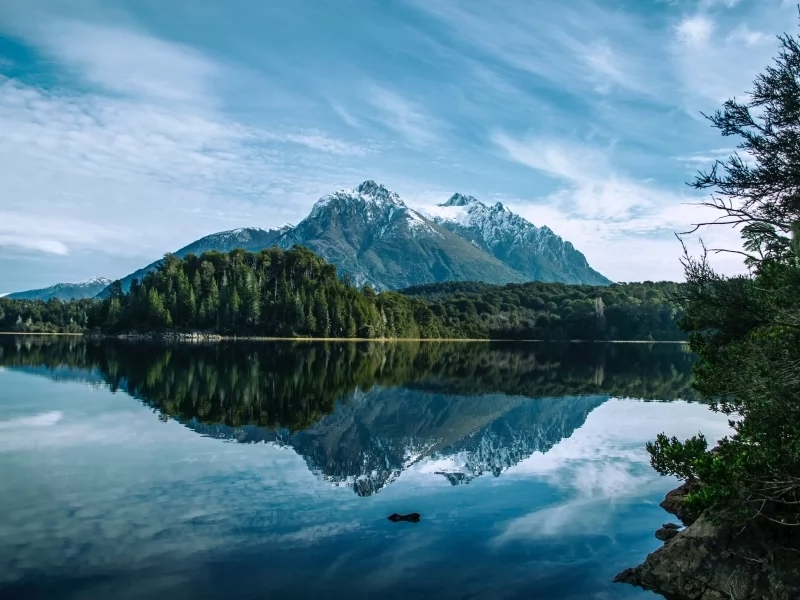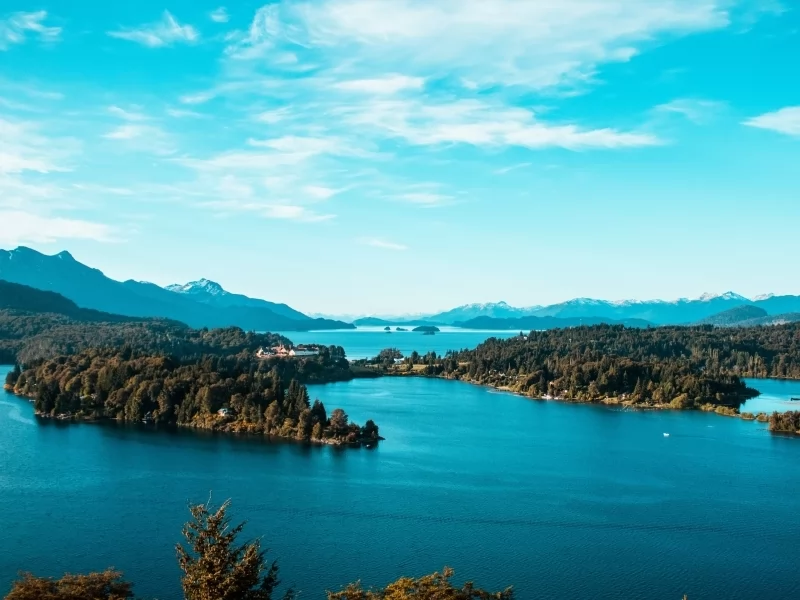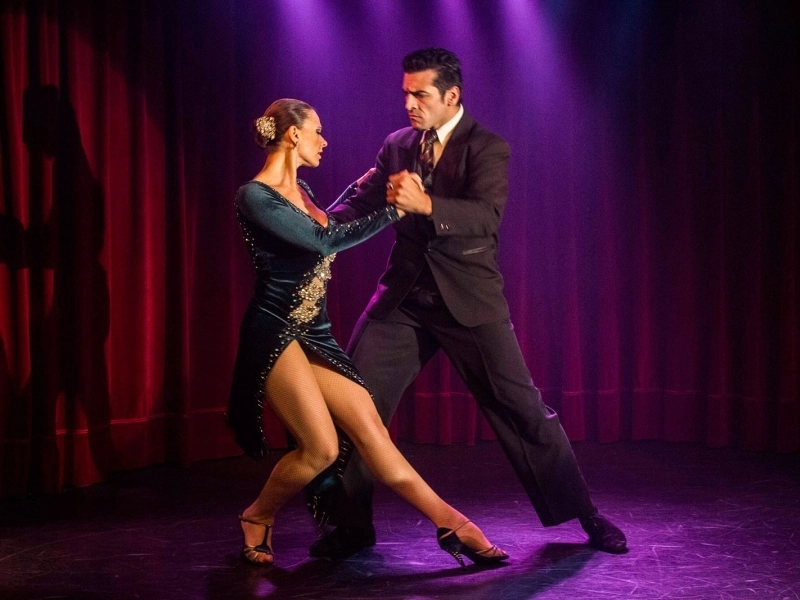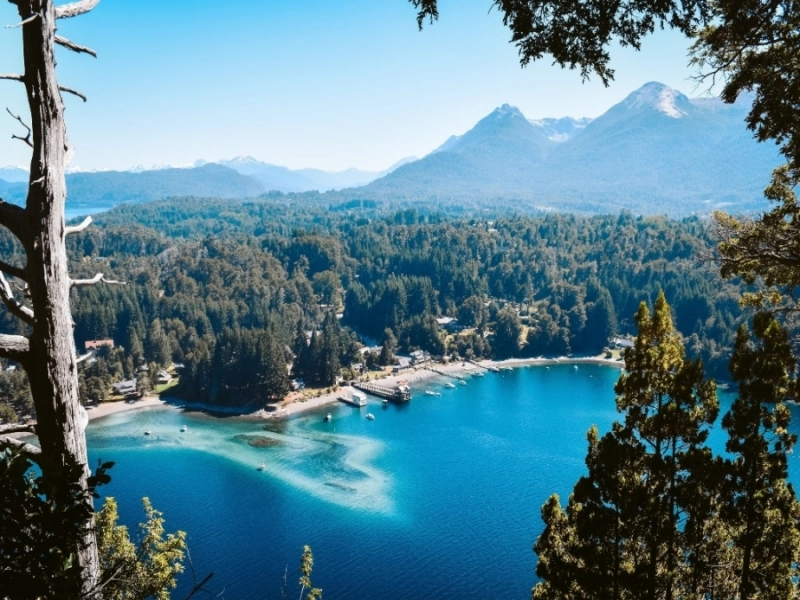News and Testimonials

The best things to do in Bariloche, Argentina
Bariloche, Argentina: San Carlos de Bariloche, or simply "Bariloche" as the locals call it, is a laid-back mountain town in northern Patagonia that makes most visitors wonder for a moment if they've landed in Switzerland.
Bariloche, Argentina (CNN) — With its snow-capped peaks and crisp winter air, this laid-back mountain town in Patagonia makes some travelers question whether they have landed in Switzerland instead of Argentina.
San Carlos de Bariloche, or simply "Bariloche" as the locals call it, is most famous for its ever-present views of the glacial lake Nahuel Huapi, which is situated in the middle of the 7050-square-kilometer national park of the same name.
This Lakes Region of Patagonia is also noted for its chocolate (the fresh raspberries dipped in both white and dark homemade chocolate by Rapanui are legendary), microbrews and traditional Argentine asado, making this a dream destination for both foodies and nature lovers alike.
What to do
Every late July to mid-September, Bariloche fills to the brim with both tourists from the southern hemisphere (mostly Brazilians) and northern hemisphere travelers looking for their "endless winter" powder fix.
Twenty kilometers from downtown Bariloche is the ski resort of Cerro Catedral, featuring a vertical drop of 1000 meters, close to 1500 skiable acres and 38 lifts.
For snow sports enthusiasts who don't want to travel heavy, there are several gear rental shops at the foot of the mountain (La Base is one of the most friendly and helpful), and Scandinavian in Bariloche town center can outfit you with clothing for any outdoor adventure.
Catedral, also known as South America's Tahoe, has a booming ski village with loads of nightlife. Many skiers and snowboarders walk over to the casual Berlina microbrewery right after the lifts close, to get the apres-ski rolling with homemade pizzas and an enticing array of craft beers.
For those who would rather explore the mountain by trekking rather than on skis, Bariloche offers everything from short walks to waterfalls to one-day hikes to excruciating-yet-rewarding multi-day treks.
The majority of trails interlink the refugios (mountain huts).
Frey is the most popular day trek because of its relative ease and spectacular views, but that means that the trails can get crowded. Refugios Lopez, Cerro Lindo and Laguna Negra can also be reached by beginner to intermediate hikers on a one-day hike and are less crowded.
Experienced trekkers wanting the best views in the region may want to undertake the epic 50 kilometer trek from Pampa Linda to Colonia Suiza. It's best to go in January to assure that the passes will be accessible.
But there's more than just skiing. Water sports aficionados will be happy to know that they can explore the Rio Manso close to Bariloche. Extremo Sur offers guided trips for both beginners and experienced paddlers.
The part of the Manso closest to the border of Chile offers the most exciting rapids and requires passengers to be at least 14 years old. The Manso Inferior is more calm, perfect for families with younger children (ages 5 and up) or for inexperienced rafters. For those looking for a more quirky adventure, Extremo Sur also offers stand up rafting -- its version of SUP for rapids.
Kitesurfing in the past decade has become a booming sport on Lago Nahuel Huapi. Even, steady winds, safe shorelines and kilometers of water with snow-capped Andes in the background make for a perfect playground.
There are many spots on the lake well-suited for kite surfing, including Bahia Serena, Playa Bonita and Bariloche Classic, but Varadero Beach is the local favorite. Dina Huapi just outside of town also offers two launches: Dina Huapi West and Dina Huapi Rivermouth. The water in both spots is a couple of degrees warmer than in other parts, so it is a better fit for beginners. Happy Riding Surf School can arrange private classes.
Source: https://edition.cnn.com/travel/article/things-to-do-bariloche-argentina/index.html







